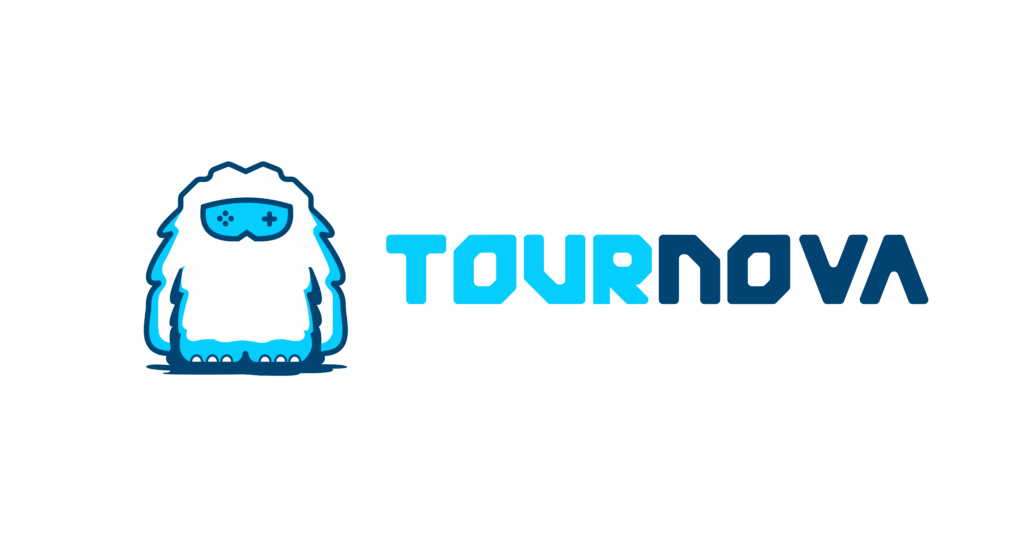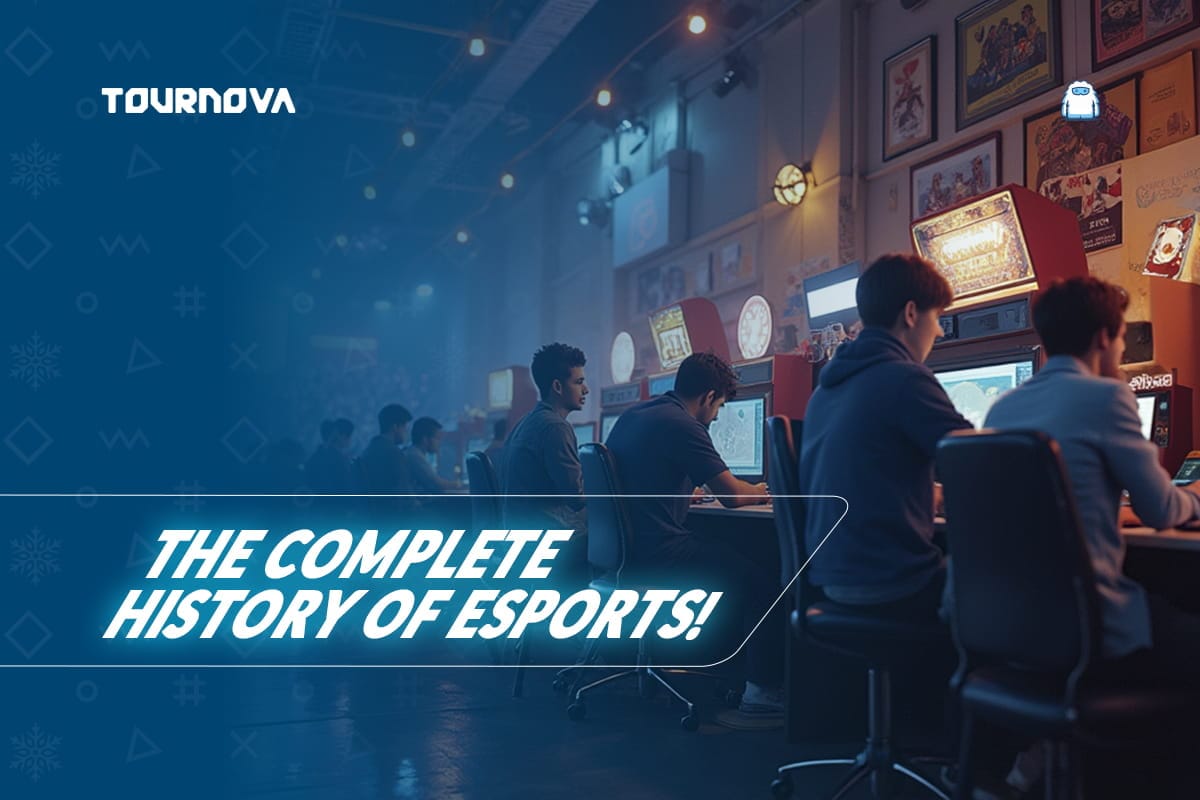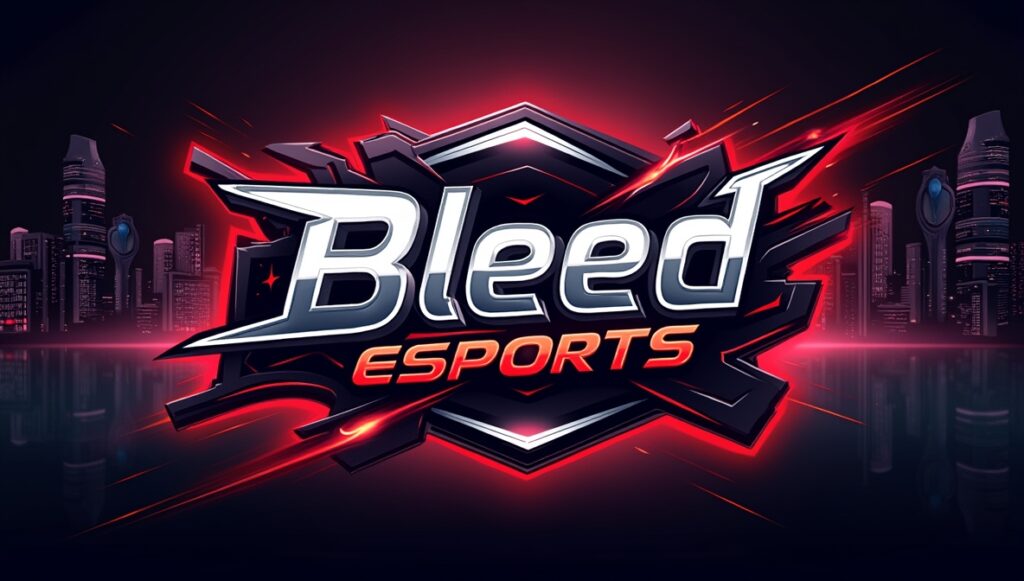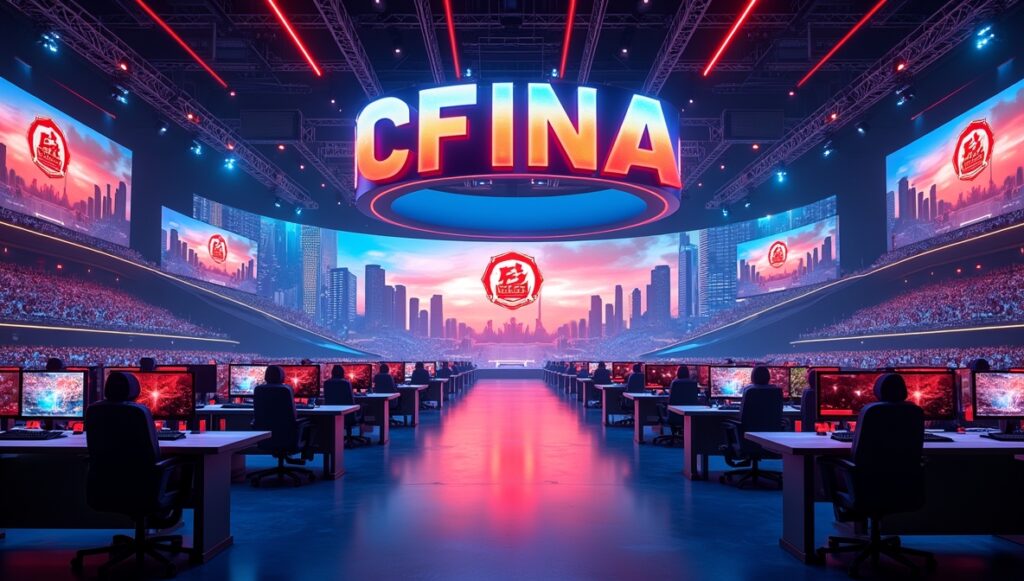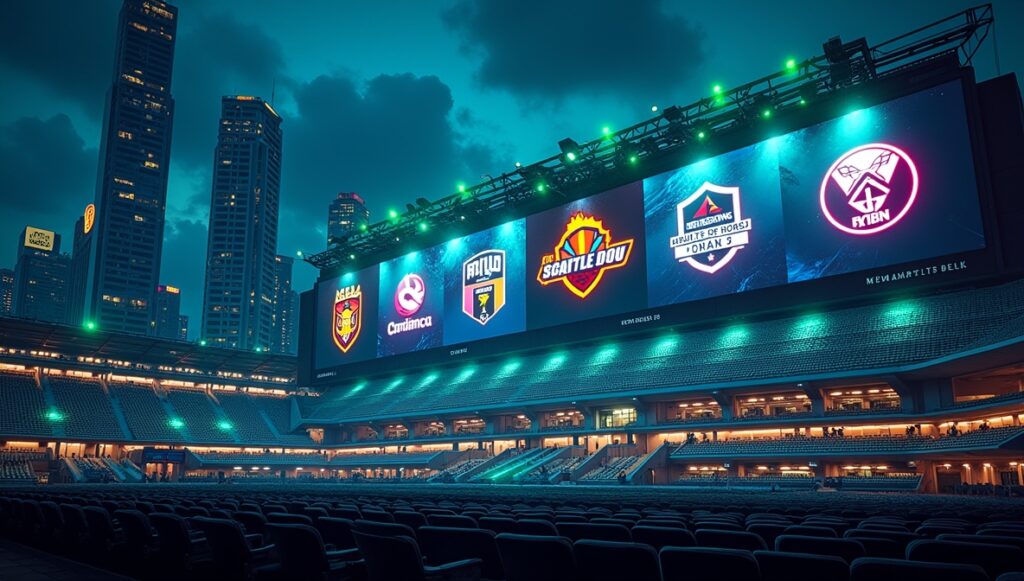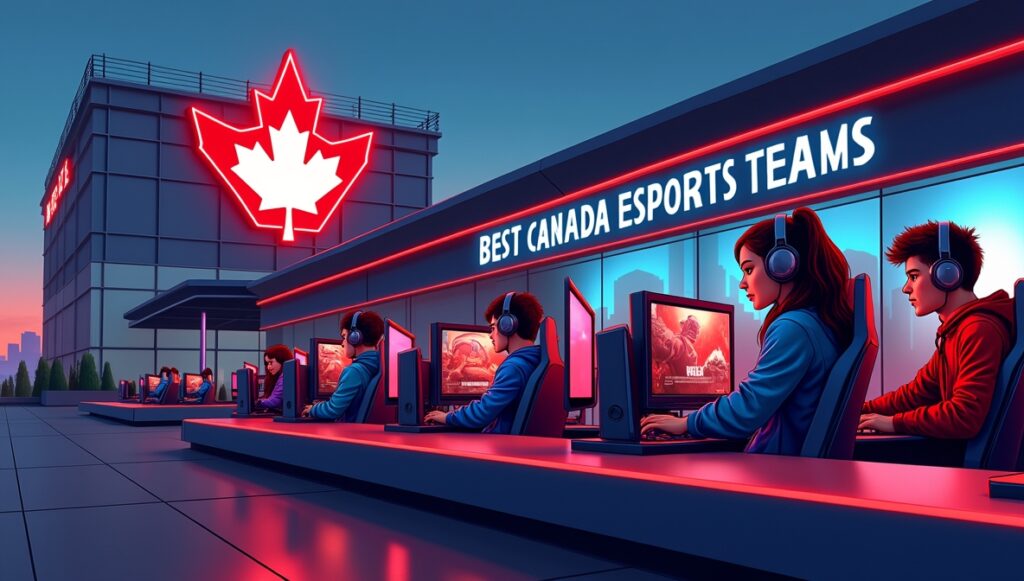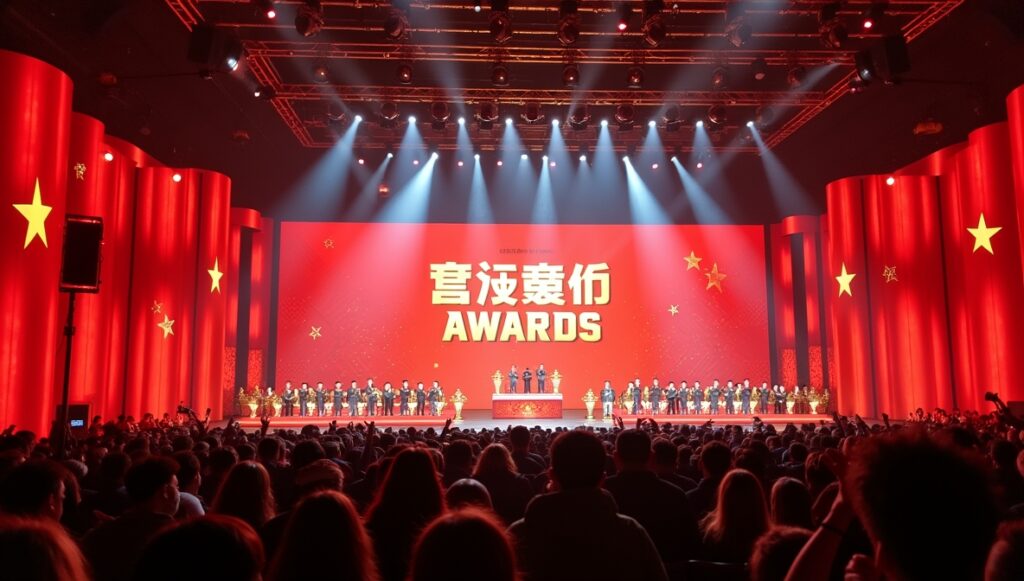We’ve all met that friend who doesn’t get why crowds would fill a stadium just to watch people play video games. But if you look at how esports began, how we went from small, smoky arcades to global finals in glitzy arenas, you can’t help but marvel at the leaps we’ve made. Following the esports history timeline is like turning the pages of a giant comic book starring everyday players, young creators, and even parents who once played Tetris after tucking us in at night. It’s worth every gamer, parent, or even skeptical observer taking a look back to see just how wild (and inspiring!) this journey has been.
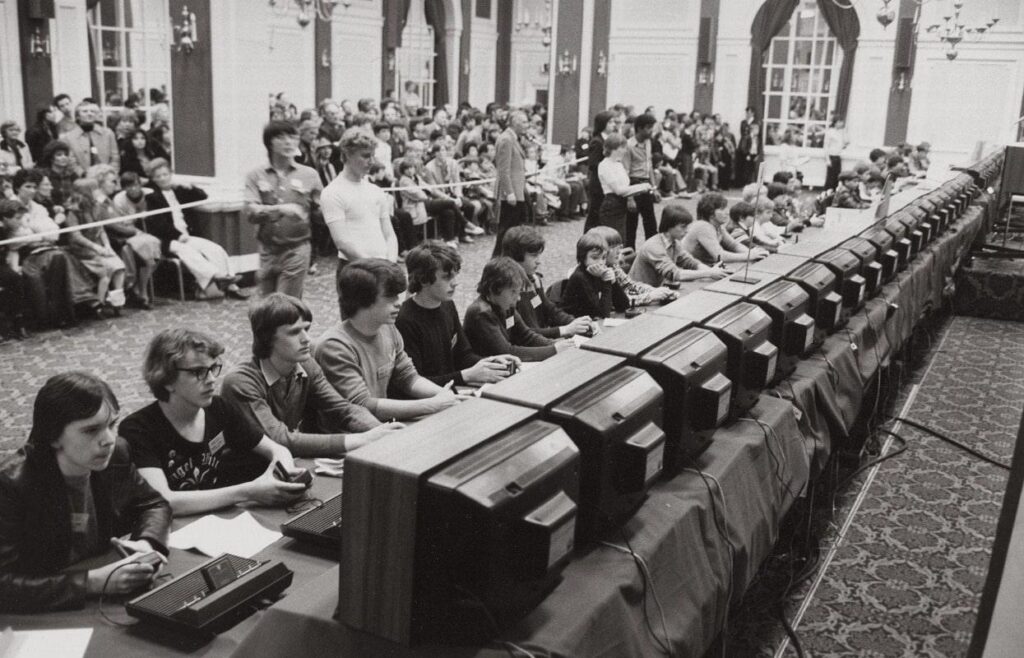
Esports History Timeline
Tracing the steps of competitive gaming helps us understand just how far this world has come. From first-timers nervously clutching joysticks in the ’80s to international stars breaking streaming records today, every chapter teaches us a little more about ambition, innovation, and the wild fun that makes esports what it is now.
1. Introduction: Why Trace Esports History?
Long before League of Legends filled stadiums or millions tuned in for a Free Fire grand final, competitive gaming started with a smaller dream: connection, competition, and a love for high scores. Digging through the esports timeline lets us see how casual communities blossomed into pro playgrounds, and why no other sport or hobby feels quite the same.
Looking at this esports history timeline, we’re welcoming not just the old-school fans, but also newcomers curious about where it all started and what shaped it into today’s booming industry.
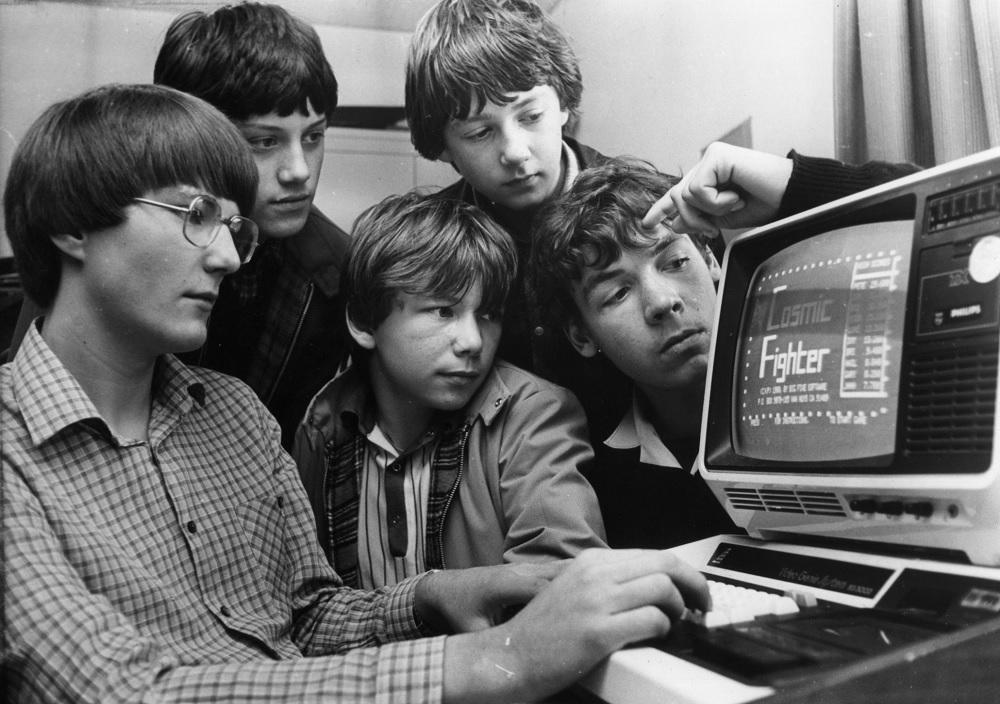
2. The Birth of Competitive Gaming (1970s – 1980s)
It’s hard to imagine, but our esports story starts in an era before the internet; arcades dotted the streets, and Atari was king. In 1980, over 10,000 hopefuls battled in the Space Invaders Championship, a historic tournament that made ripples in newspapers and drew TV crews. Magazines like Twin Galaxies tracked high scores and local heroes, giving young gamers a chance to imagine themselves as future “world champs.”
Those days might look small now, but it’s where the idea of gaming glory was born.
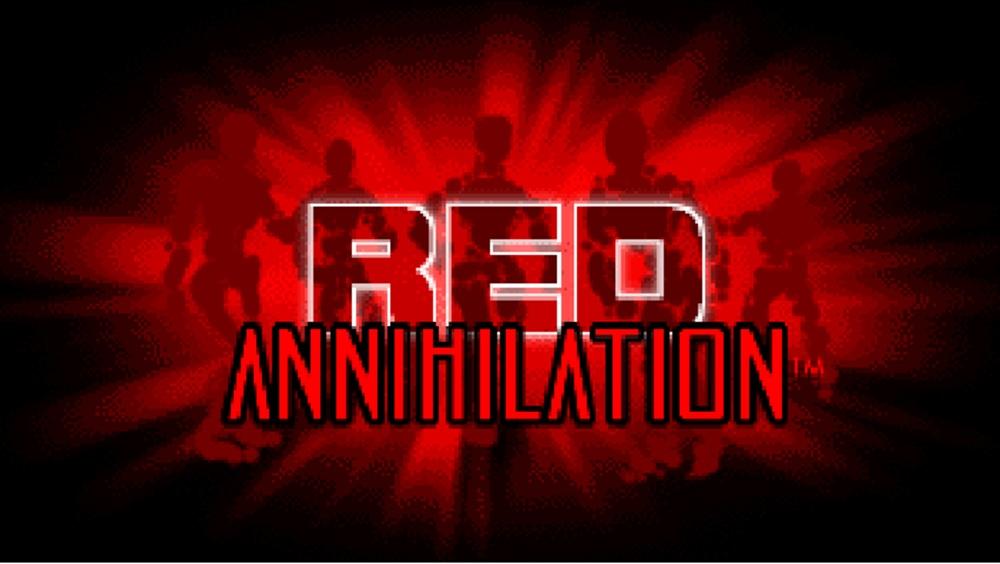
3. The Dawn of LAN: Growth in the 1990s
Next up in the esports history timeline, everything shifted once PCs started connecting over Local Area Networks (LANs). Instead of competing for high scores, players could now fight each other in real time. Iconic moments jump out: “Red Annihilation” in 1997 crowned the first Quake world champion, who literally drove home in John Carmack’s Ferrari as the prize! Friends would gather in garages for Counter-Strike or Duke Nukem matches, fueling a culture of pizza, wires, and late-night bragging rights.
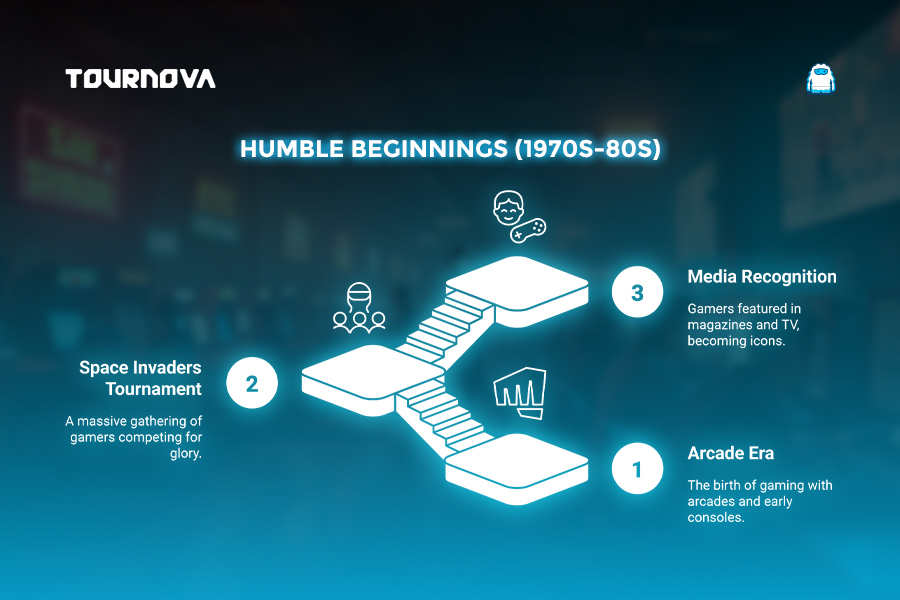
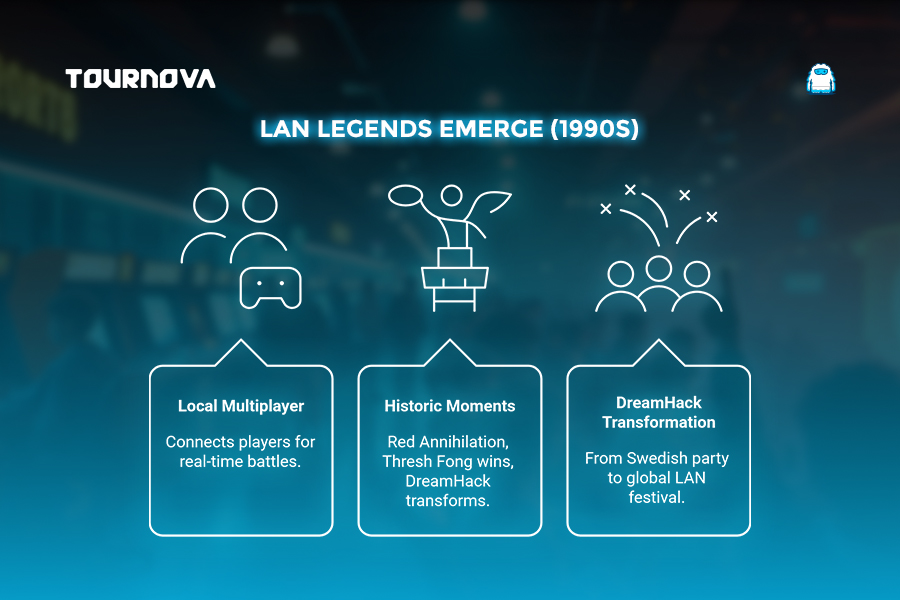
Crowds grew bolder, too: Sweden’s DreamHack kicked off as a modest party and ballooned into one of the world’s largest LAN festivals.
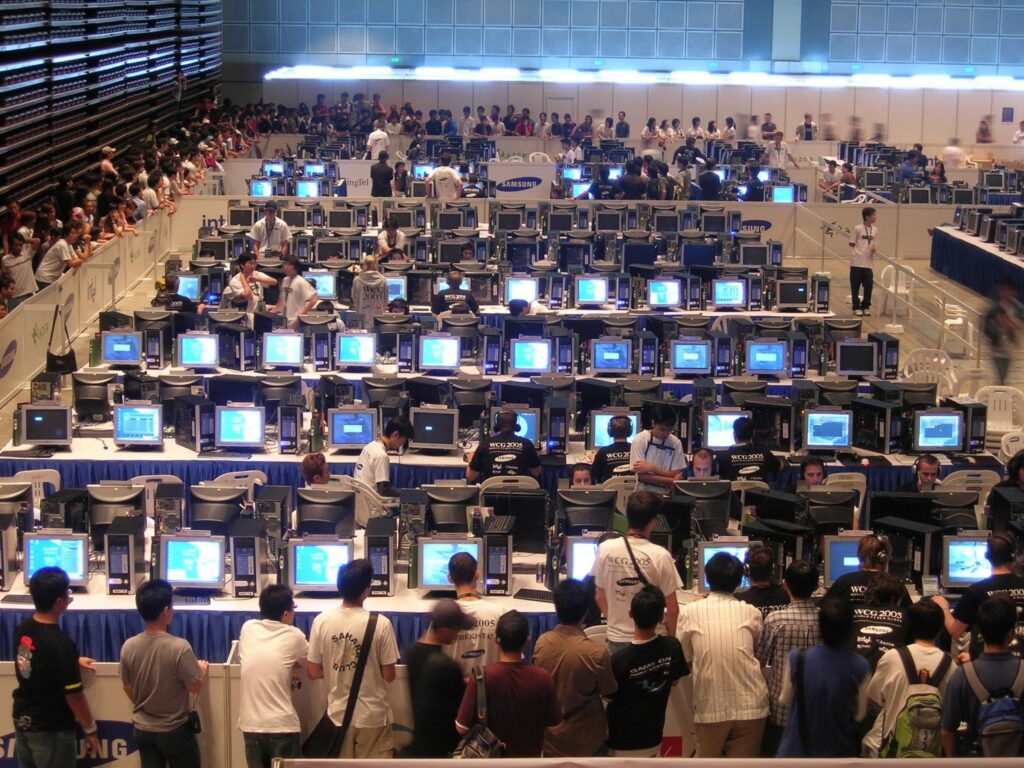
4. The Online Revolution and the Asian Boom (2000s)
Few things rocked the timeline more than online gaming: suddenly, a kid in Manila could test their mettle against Seoul’s finest without ever leaving home. South Korea lit up with PC bangs (internet cafes), turning StarCraft into a national obsession. Local TV stations like OGN broadcast pro matches to millions, making players like SlayerS_BoxeR literal household names.
Organizations like SK Telecom, Fnatic, and Team Liquid planted seeds for modern esports clubs, while worldwide events like World Cyber Games (WCG) and Major League Gaming (MLG) made “pro gamer” an international ambition.
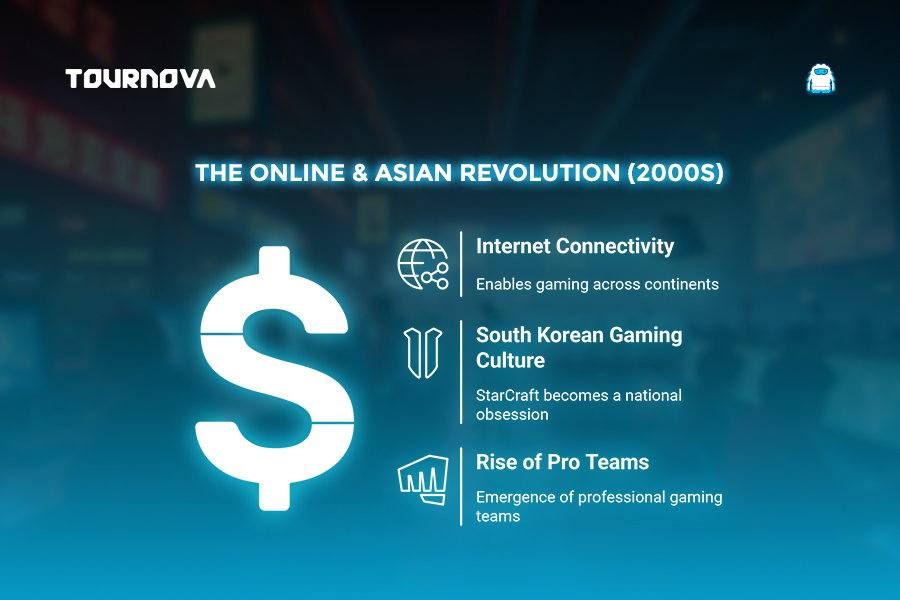
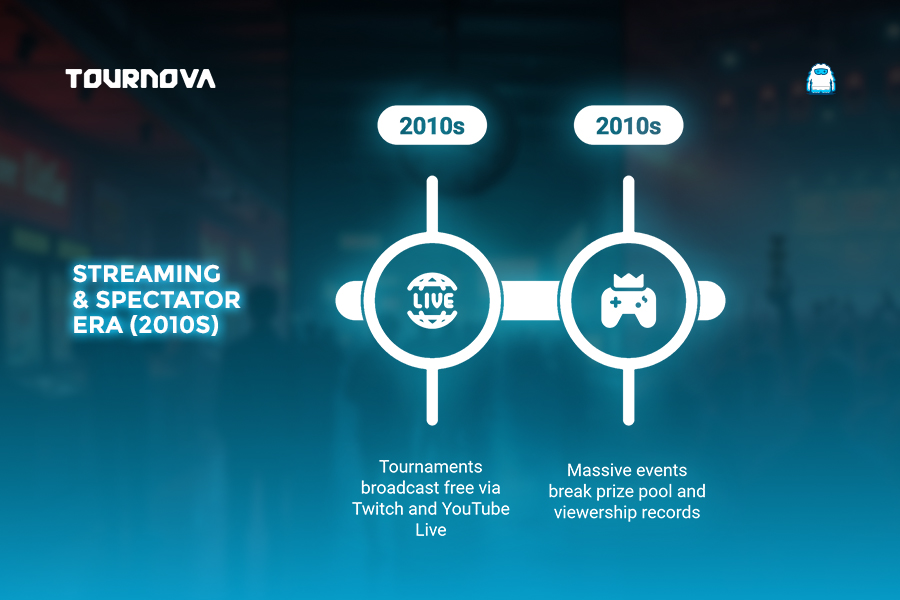
5. Streaming & Spectator Era (2010s)
In the esports history timeline, by the 2010s, another revolution was brewing; one we’re still living in today. Platforms like Twitch and YouTube Live made gaming tournaments free to watch and easy to share, shattering old attendance records and letting fans support teams from bedrooms and buses alike.
Major tournaments hit prime time: The International (Dota 2) and LoL Worlds offered multi-million-dollar prize pools and packed stadiums. Suddenly, a teenage CS:GO ace or a League support player could become a global celebrity overnight, cheered on by millions.
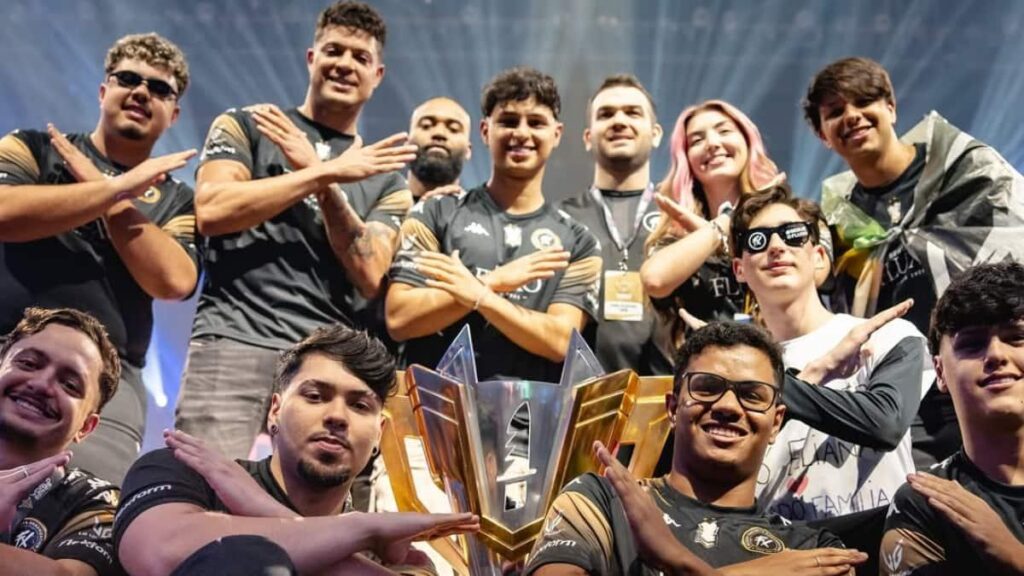
6. Mobile and Regional Explosions (Late 2010s – Early 2020s)
Imagine explaining to someone in 2010 that teenagers across Indonesia or Brazil would soon fill arenas for Free Fire, PUBG Mobile, or Mobile Legends! That’s exactly what happened. Mobile esports became a rocket ship, with Southeast Asia, India, and Latin America not just catching up but setting new trends. Content creators, playful event formats, and grassroots tournaments all helped rewrite what “global” really meant.
The result? New champions, wild playstyles, and a regional pride that inspired entire communities to get involved, no matter their hardware.
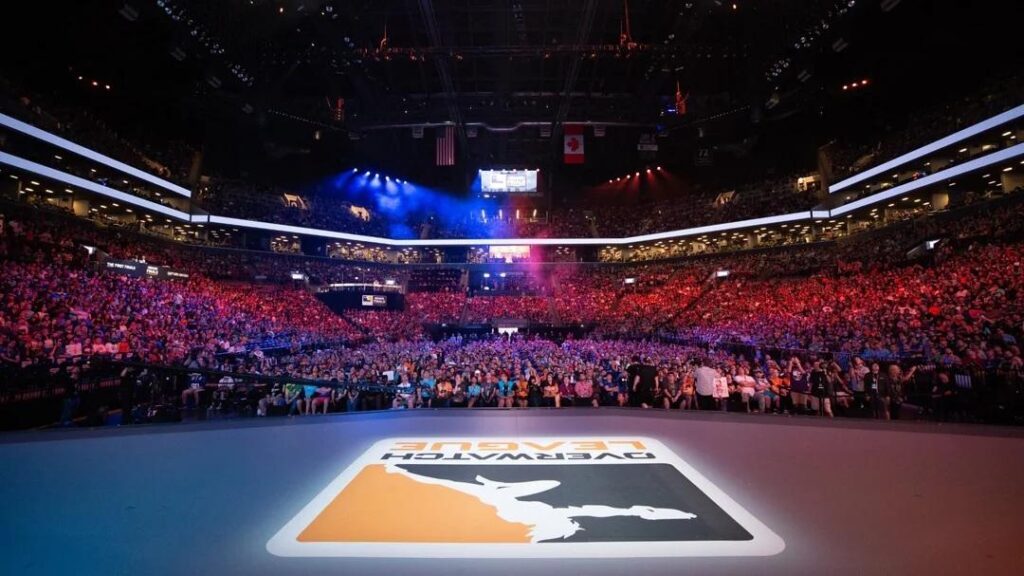
7. Modern Esports: Franchising, Fame, and Future (2020s and Beyond)
In the esports history timeline, franchising arrived like a tidal wave; now we see leagues like Overwatch League (OWL), League of Legends European Championship (LEC), and LCS with city-based teams, season-long drama, and salaries that would’ve sounded like science fiction in the ’80s. Pro players find themselves in ad campaigns, universities offer esports scholarships, and some countries (hello, South Korea again!) treat esports as seriously as traditional sports.
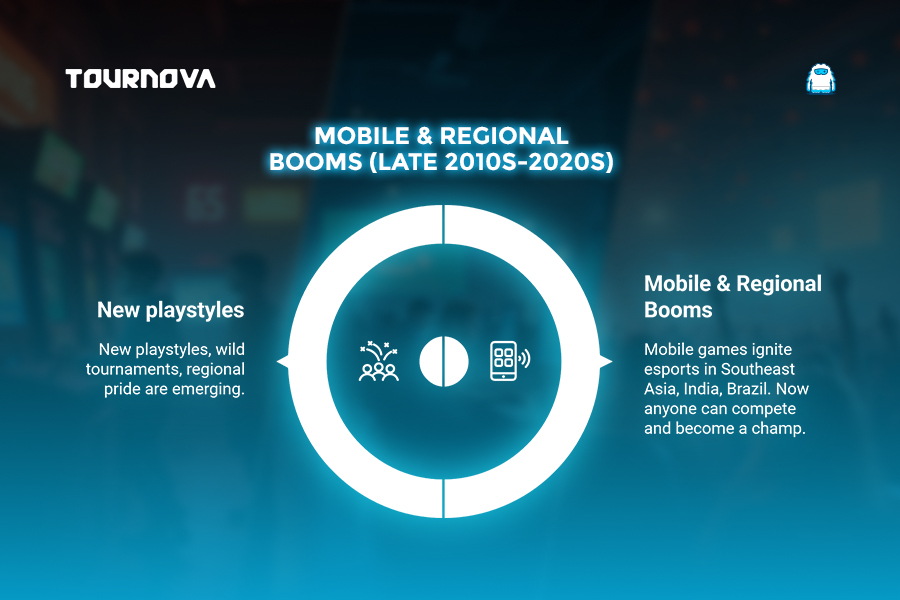
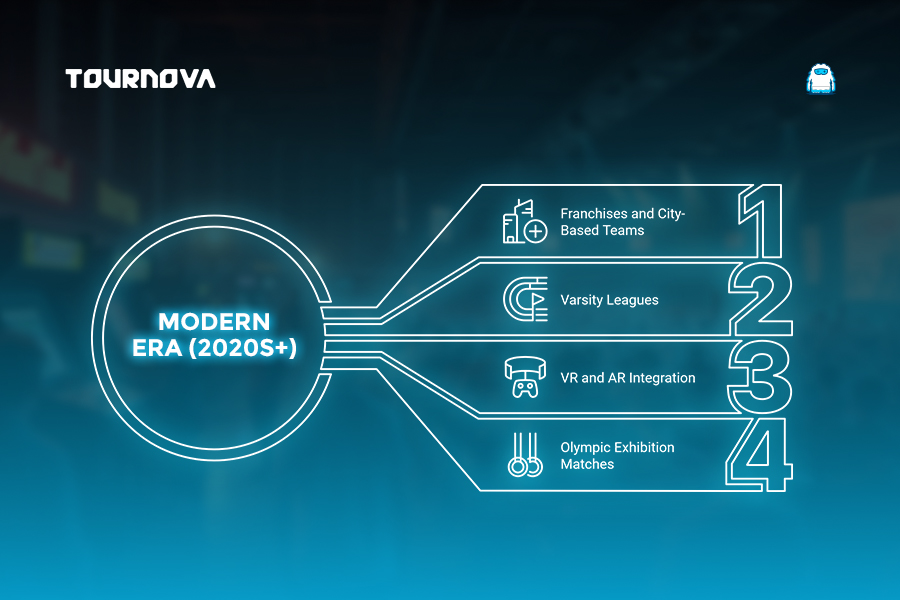
Meanwhile, VR and AR tech are knocking on the door, exhibition matches headline at the Asian Games and Olympics, and nobody really knows what surprises the next five years will bring.
Tournova: Building Tomorrow’s Memories; One Tournament at a Time
Just as the esports history timeline is about everyday gamers joining something bigger, Tournova invites the next wave of players, organizers, and curious fans to plug right into that timeline, using the very tools that shaped legendary scenes. Whether you’re joining free tournaments as a newbie (just like those first arcade heroes) or setting up a grassroots league with friends, Tournova’s Telegram and Discord integration echoes the ease and community feel that helped esports grow from living rooms to stadiums.

By streamlining tournament management and introducing a token economy that rewards participation, as well as achievement, Tournova not only preserves the spirit of competition but empowers new stories to emerge. Players earn Tournova tokens for each event, unlocking premium features or cash prizes, and creating milestones that might just become tomorrow’s esports nostalgia. In every bracket and every chat, Tournova helps ensure the next chapter of esports history is written by everyone, not just the pros.
8. Closing Up: From Pioneers to Pro Icons
In the blink of an eye, we’ve gone from basement showdowns and coin-op contests to stadium-filling spectacles that turn everyday gamers into heroes. Every generation brings new ideas, quirky champions, and never-before-seen thrills. Esports history isn’t just about who won what; it’s about a community that keeps growing, welcoming new players from every walk of life. If you’re reading this esports history timeline, maybe you remember your first tournament, or maybe you’ve yet to witness your first grand final party. Either way, one thing’s clear: the best is always yet to come. We can’t wait to see which stories you’ll help write next.
Read the hottest in-depth Esports Guides on Tournova.
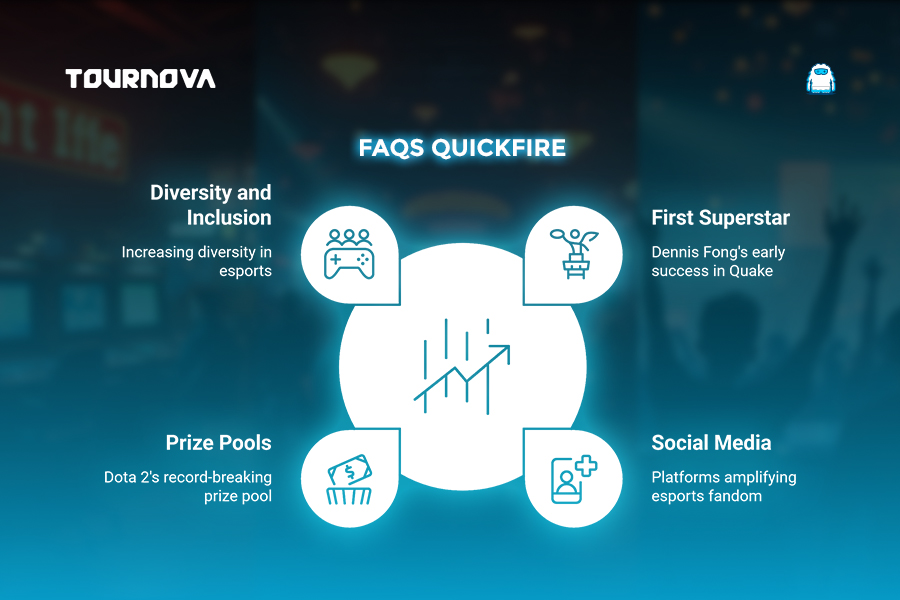
9. User-Centered FAQs: Esports History Decoded
1. What was the first world-famous esports “superstar” moment?
Many point to Dennis “Thresh” Fong’s 1997 Quake championship win; he not only snagged a Ferrari, but also landed TV interviews and magazine covers, kickstarting the idea that gamers could be icons.
2. How did social media affect the growth of esports?
Platforms like Twitter, Facebook, and Discord helped teams and players build direct connections with fans, turbocharging hype, event organization, and fan-made content across countries.
3. Who holds the record for the biggest esports prize pool so far?
As of 2024, Dota 2’s The International 2021 holds the crown, with a staggering $40 million prize pool thanks to in-game crowdfunding.
4. Did esports stay male-dominated, or has it become more inclusive?
It’s changing fast; in recent years, women’s leagues, mixed events, and non-binary/gender-diverse players are appearing on top stages, showing there’s plenty of room for every competitor.
